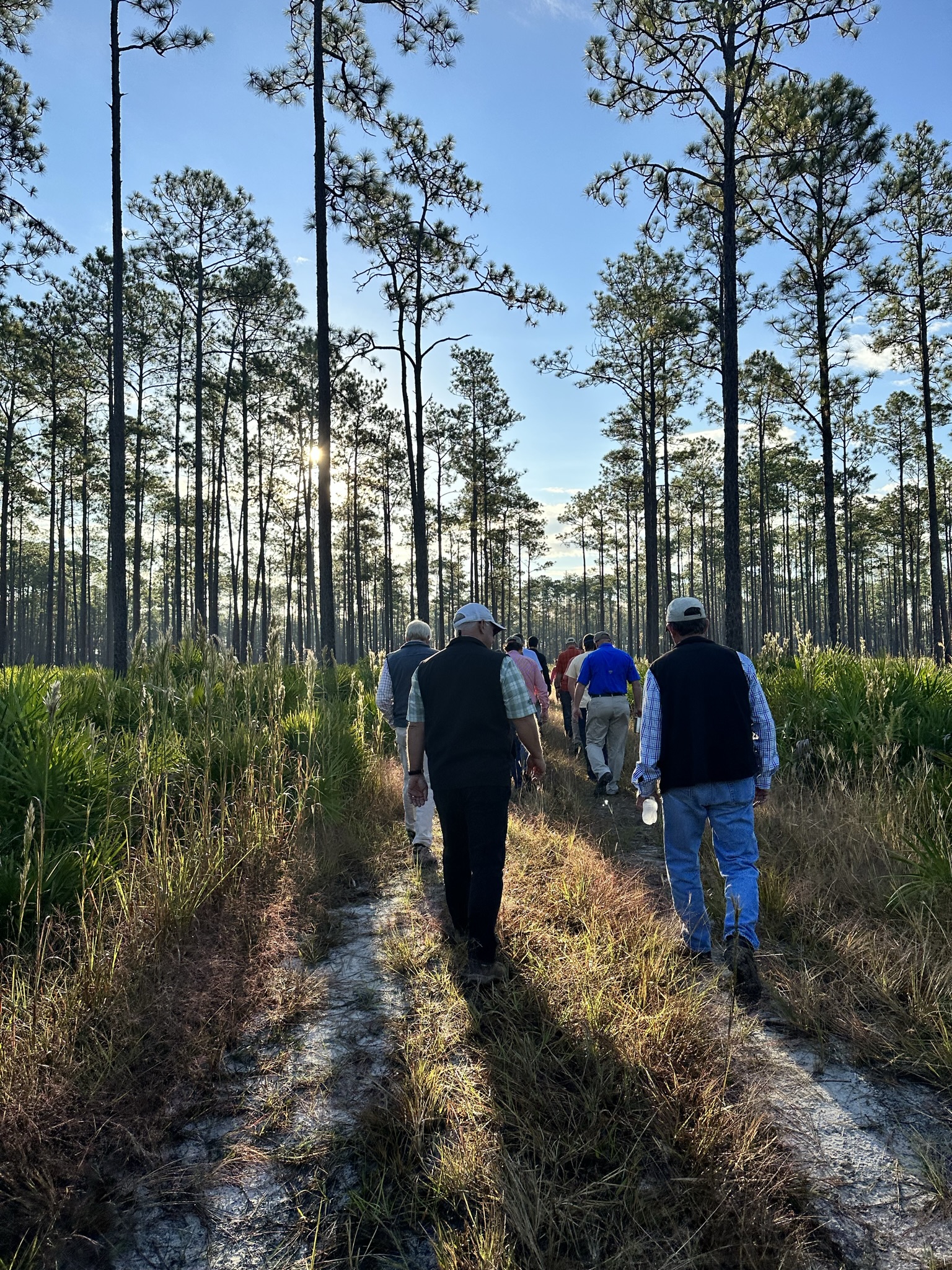ESA Revisions Set to Impact Landowners in 2024
This month, several revisions to the Endangered Species Act regulations were finalized by the U.S. Fish and Wildlife Service. While some of the revisions are beneficial for landowners, others are a step backward in our efforts to achieve flexibility and collaborative conservation.
Service Streamlines Conservation Agreements
On April 11th, the Service finalized their proposal to streamline the conservation agreement process for landowners under Section 10 of the Endangered Species Act. Notably, this rule combines Safe Harbor Agreements and Candidate Conservation Agreements with Assurances into one agreement type, called a Conservation Benefit Agreement.
In the comments submitted by FLA on April 10th, 2023, we asked the Service to implement a few additional revisions to further improve the regulations and help landowners achieve collaborative species conservation on their property. This included:
- Revising the definition of “baseline conditions” to account for actual conditions on the ground rather than hypothetical scenarios, as well as conditions across the enrolled landscape rather than individual tracts.
- Further streamlining the permitting, planning, and conservation agreement processes by recognizing the benefits of conservation actions and agreements to species not covered under an existing agreement.
- Removing changes to the definition of “covered species”, which create confusion and duplicity in the regulations.
Notably, the Service addressed our concerns regarding the definition of “baseline conditions” by replacing the word “could sustain seasonal or permanent use by the covered species” with “currently sustains season or permanent use by the covered species” to eliminate hypotheticals, and by replacing the word “on the enrolled land” to “across the enrolled land” to account for conditions on the landscape rather than individual tracts.
The Service also outlined how ongoing conservation measures for non-covered species are taken into account when making permit issuance decisions and measuring net conservation benefits, and streamlined the definition of “covered species” to reduce confusion.
We appreciate the Service’s effort to address our concerns in the process of streamlining collaborative conservation.
Read FLA’s synopsis of the rule, as proposed, here. The final rule will go into effect May 13th, and will not affect existing conservation agreements.
Service Reinstates “Blanket 4(d)” Rule
On April 4th, the Service finalized three rules revisions that will impact future species listings and critical habitat designations. The most notable of these revisions is the reinstatement of the “blanket 4(d) rule”. This means that after the rule becomes effective on May 6th, all newly listed threatened species will receive the same level of protection as endangered species unless the Service decides to craft a species-specific 4(d) rule to tailor take prohibitions.
FLA submitted comments on August 21st, 2023 opposing this proposal, stating that the change would be a significant step backward in the Service’s recent efforts to promote collaboration with private landowners. Without a regulatory requirement to do so, it is unlikely that the Service will make the extra effort to craft a species-specific 4(d) rule for every listing, thus eliminating much needed flexibility in the regulations for private landowners.
Since the blanket rule was repealed in 2019, the Service has created species-specific 4(d) rules for all species listed as threatened under the ESA, and both the Service and landowners recognized the strides that have been made towards collaborative species conservation as a result. We have seen a significant shift in the way that species proposals are written, with many listings, particularly in the Southeast, allowing incidental take resulting from sustainable forest management such as the implementation of forest best management practices (BMPs). Species such as the Suwannee alligator snapping turtle, several mussels, and other aquatics have all contained language citing BMPs and the importance of private land management, and this language has provided flexibility and regulatory certainty for landowners with working forestland in the species’ range.
Because private landowners provide habitat for over 60% of at-risk and listed species, collaboration with private landowners is critical for species conservation and recovery. However, these Proposed Rules do not prioritize collaboration and will have the unintended consequence of disincentivizing species conservation on private lands.
We will continue engaging with the Service in each region to communicate the importance of species-specific 4(d) rules with tailored take prohibitions that provide flexibility for landowners to keep their working forests healthy and productive.
